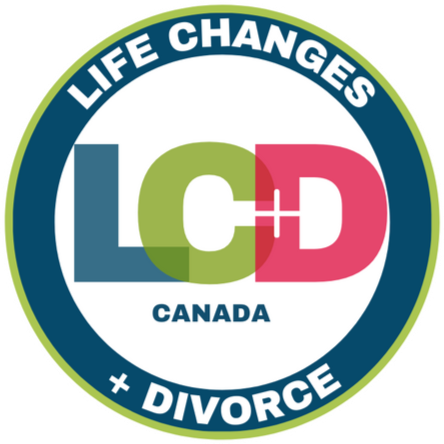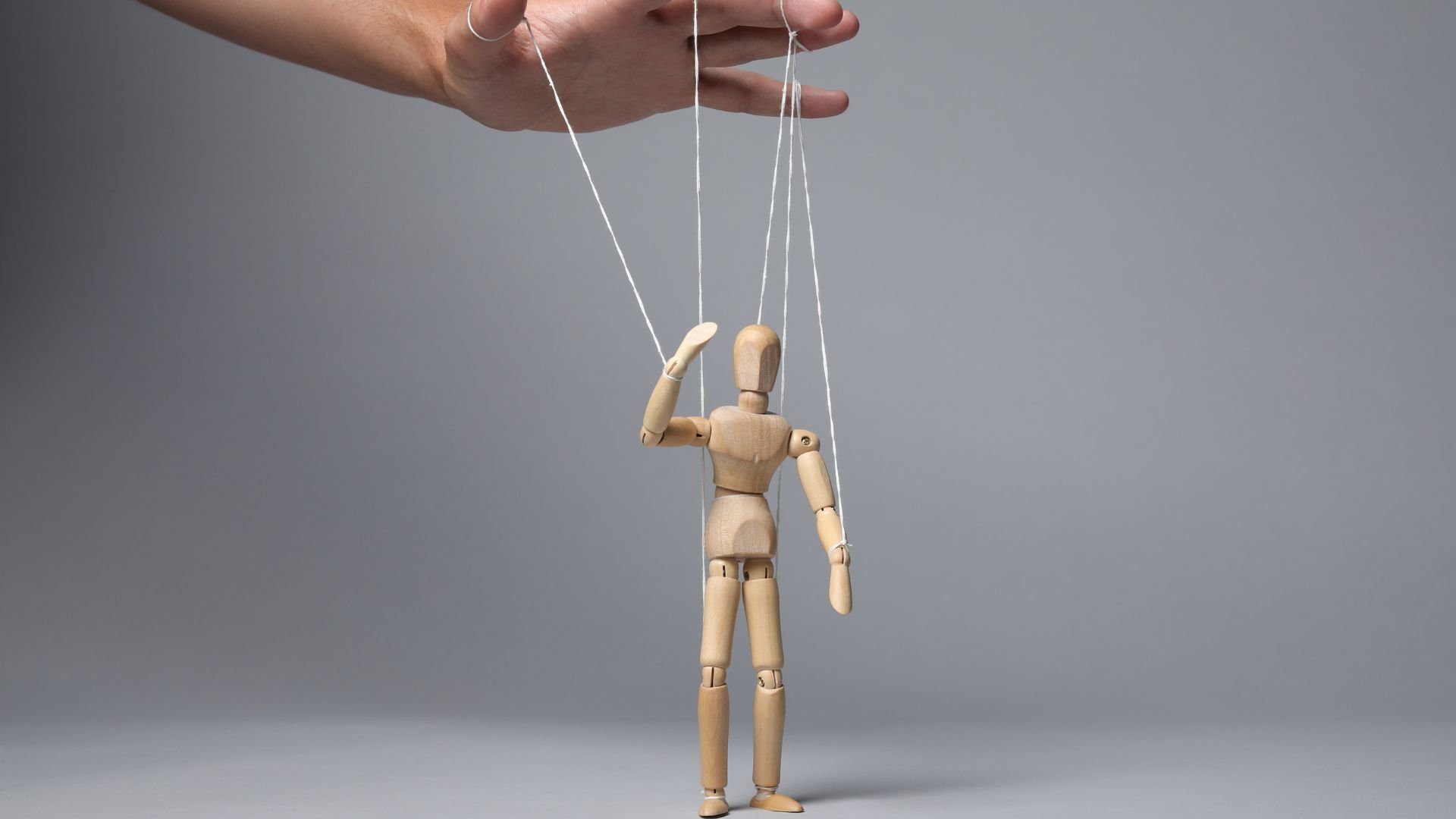Coercive Control: The Hidden Abuse We Don't Talk About
By Carrie McManus
Director of Innovation and Programs | Sagesse
Navigating relationship changes can be complex and overwhelming, an emotional and psychological roller coaster as the life we planned starts to shift and change. Within that, navigating experiences of domestic abuse or coercive control makes everything more difficult and complex.
If you haven’t heard of coercive control, you aren’t alone. The unfortunate reality is that many people experience coercive control in their relationships, like with an intimate partner, family, work, or in their faith community, but most don’t know how to identify it. So, what is coercive control, and why should we care about it?
What is Coercive Control?
To start with, coercive control is complex. While individual tactics may be easily understood, there is no complete list of coercive control actions, which can make it difficult to identify when it is happening to you – or if you are using coercive control on someone else.
This is a shift away from historical patterns of talking about domestic abuse and providing everyone with a list of “red flags” to avoid or trigger a response if they are happening.
“Red flags” don’t work for a number of reasons:
They place blame firmly on the person experiencing abuse to have seen or known that something was going to cause them harm.
They are blamed if they don’t do something or if they choose to stay with a partner even if they see the flags.
Not everyone has the same experience of abuse and coercive control.
For example, what might feel abusive to me might not feel abusive to someone else, and the “red flags” system doesn’t allow for that individual experience.
So then, instead of talking about a list of “red flags” or giving a checklist of actions, when talking about coercive control we understand it as a pattern of behaviours and actions used to remove or limit an individual’s personal agency and sense of safety. It can and will look and feel different for everyone.
For one person, their experience might include restrictions to feeding their family the type of food that is part of their culture or upbringing. Someone else may feel like they can’t build relationships with their coworkers without their partner being upset or threatened.
These coercive control tactics can lead to situations that fit into our societal understanding of abuse, like isolating someone and preventing them from forming relationships with others. But when this result is achieved through coercive control, it can look harmless from the outside, so we don’t ask more questions.
The person showing up every day at lunch to take your co-worker out is sweet, and just wants to spend time together. But maybe they are showing up every day to prevent their partner from forming any other connections.
Because of this complexity, when we talk about coercive control, we find it more helpful to focus on the impacts of actions and behaviours instead of on the actual acts themselves.
Coercive control at its heart is about the experience of fear and feeling a lack of personal agency or self-efficacy.
If you don't think that you can make decisions that are best for yourself, your kids or other family, you might be experiencing coercive control.
If you are trying to decide how your partner thinks, feels or makes decisions, you may be using coercive control.
When fear becomes the driver for our decisions, we are no longer acting within our own best interest or needs.
If you think that you must do something because you are fearful of what will happen if you don’t, or you can’t do something because you are fearful of what will happen if you do, that is the impact of coercive control.
Coercive control changes:
how we live our lives,
how we think about ourselves,
and who we surround ourselves with.
It starts to change the foundation of ourselves and how we identify, and that is not the basis for a healthy relationship.
What makes coercive control abuse?
When we used to talk about domestic abuse or violence, we would talk about violent incidents. These incidents occurred in a cycle, where violence occurs and then everything would be okay again.
We talked a lot about the cycle being hard to break, but also implied that there were times in the cycle when people would both feel and experience their relationship the way they did before violence occurred.
But of course, we know that isn’t true.
By framing these experiences as coercive control, we understand the underlying loss of personal agency, and that fear motivates and drives all actions and behaviours. This is true even when everything appears fine on the surface, or in a “honeymoon” phase.
With that in mind, coercive control should be considered abuse.
Anything that changes your behaviour, alters your ability to show up in the world, or be the person that you want to be, should be considered abuse.
So, what do we do about it?
To start with, it’s important to:
understand what coercive control is,
and how it might show up in your relationships or in the relationships of people around you.
Remember, understanding coercive control is not about looking for a list of “red flags” or creating a do’s and don’ts list.
It’s about understanding the impacts that it has on individuals and their actions.
And finally, it’s important to know that you aren’t alone in your experience.
You might be reading this and think, ugh, am I using coercive control tactics to get something I want or need?
Or you might read this and think, wow, that is how and why I make decisions.
Either way, there are people who want to help you through that experience and ensure that everyone can have safe, healthy relationships.
Visit www.sagesse.org to:
learn more about our programs,
coercive control,
or to connect with our support team.
Contact
Email: info@sagesse.org
Phone (call or text): 403-234-7337 or 587-801-7337
Book an appointment with our intake team
Register for a peer support program
This article is published in the Winter 2024 issue of Life Changes Magazine:
Find it here
Meet the Author - Carrie McManus
Carrie McManus is the Director of Innovation and Programs at Sagesse, bringing over 20 years of experience in strategic and program development, small business management, facilitation, and education. Her leadership has been instrumental in expanding Sagesse's reach, particularly in addressing the unique needs of rural and remote survivors of domestic abuse. Carrie has pioneered innovative program designs that have positioned Sagesse as a respected domestic abuse agency both in Alberta and internationally. She also spearheaded the creation of ByDesign, a social enterprise dedicated to fostering real change by challenging the status quo and enabling organizations across sectors to realize their full potential through innovation. Carrie holds a Bachelor of Arts from Dalhousie University and a Diploma of Social Work from Mount Royal University.
Note: The author, compiler and publisher do not assume and hereby disclaim any liability to any party due to these words coming from the author’s own opinion based on their experiences. This account is based on the author’s own personal experience. We assume no responsibility for errors or omissions in these articles.


